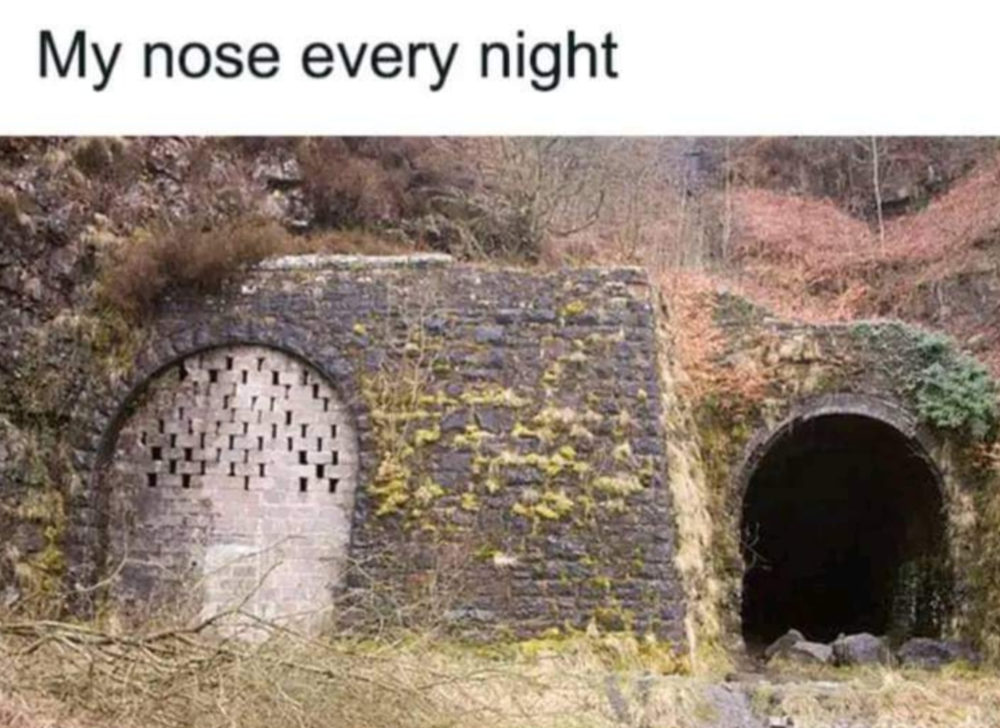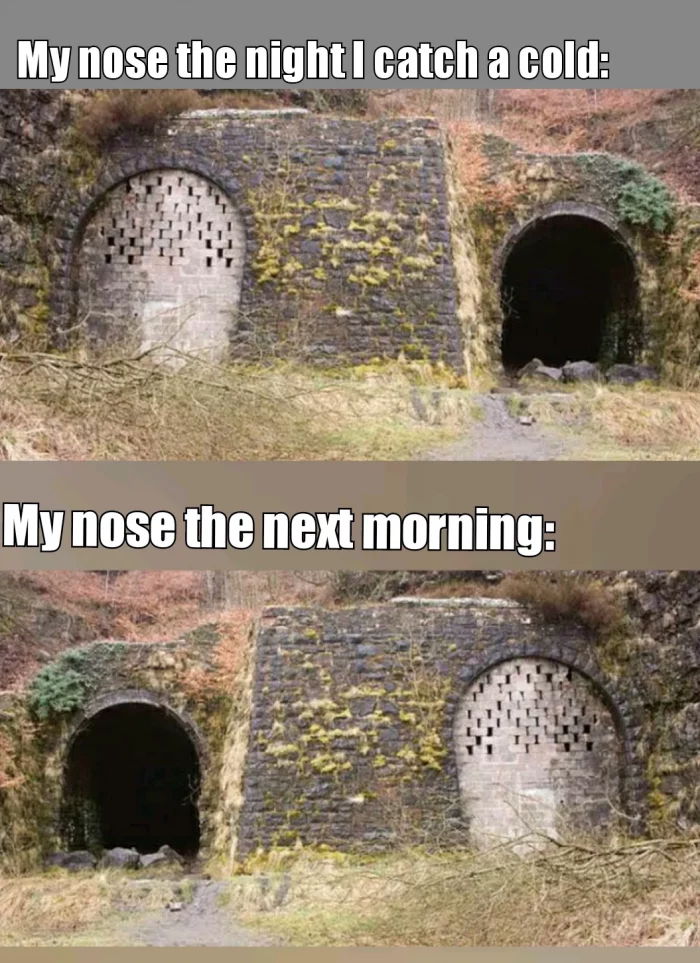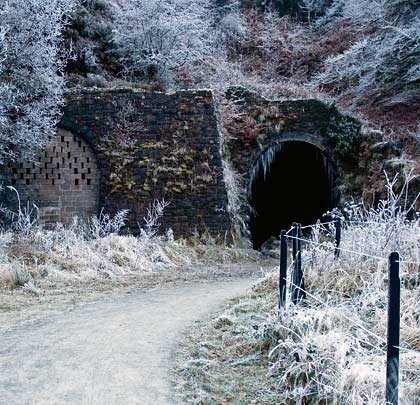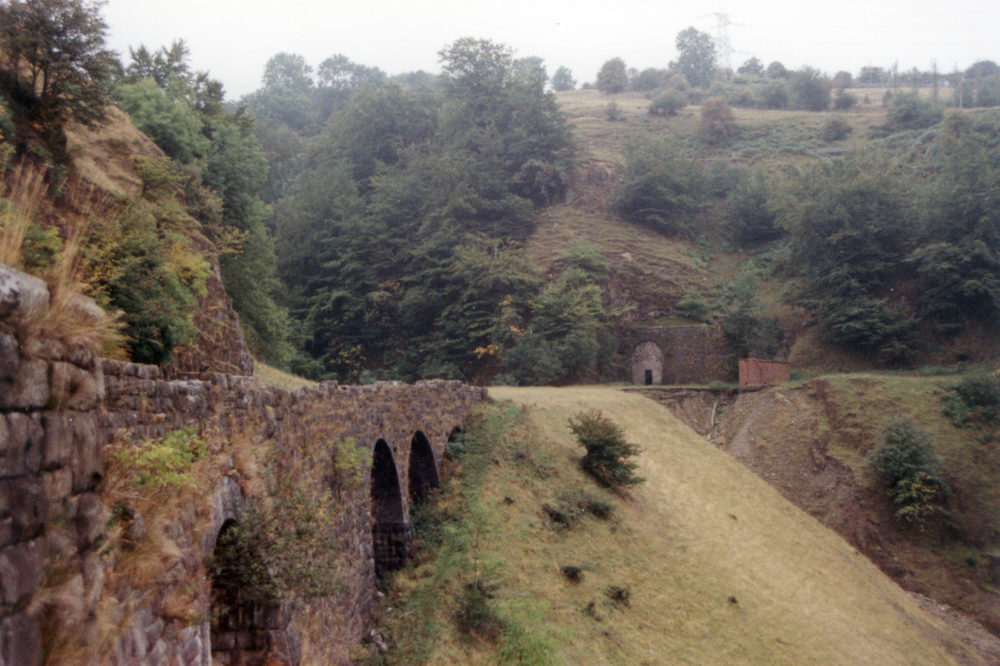Welsh railway tunnel photo goes viral as funny meme

Stephen Price
A funny meme has gone viral across the world featuring a shot of two railway tunnels that many might be surprised to hear are from a Welsh valley.
The meme has been doing the rounds for years, with only locals and the occasional visitor recognising the very unique location – Gelli Felin in the Clydach Gorge, Monmouthshire (although formerly in Brecknockshire).
The meme has gone on to be reproduced many times, with various takes on the original, with another version saying ‘my nose every morning of allergy season’.
The meme
Writing beneath the meme on Facebook, Charlotte Williams from Brynmawr said: “We used to have to run through this for school – they’d never let you do that now!”

Nina Morris, a former Clydach school pupil added: “I cannot believe I’m seeing this on here. Surreal. I used to play in there as a child!”
Gelli Felin
For history and railway lovers, a beautiful video of the Last Abergavenny to Merthyr Steam Train 1958 can be found on YouTube which passes through Clydach Gorge and the now infamous (and then-unblocked) tunnels.
Gelli Felin’s original single bore tunnel opened with the first section of the Merthyr, Tredegar and Abergavenny Railway in September 1862.
The line’s principal driving force was Crayshaw Bailey, a major local industrialist, whose influence was crucial in attracting investors.

In 1860, it was his wife who cut the first sod to mark the start of construction but a year later, with the company’s finances looking precarious, the London & North Western Railway had to ride to the project’s rescue, taking over its management.
The Abergavenny-Brynmawr section, engineered by John Gardner, involved eight bridges, two tunnels and a climb of over 1,000 feet, placing it amongst the steepest stretches of railway in the UK with one three-mile section demanding a rising gradient of 1 in 34.

The tunnel, just 352 yards long, incorporates a curve of 90° to the north and is mostly masonry lined.
Some patches of engineering brick are to be found, especially in the second southerly tunnel which appeared in 1877 when the route was doubled in an effort to maximise traffic flows. The bores are linked by two adits which are now partly flooded.
Timetabled services hit the buffers on Saturday 4th January 1958. The following day, the very last train – a special – made its way through, bringing the line’s life to an end and saving British Rail around £60,000 a year in maintenance costs.
Support our Nation today
For the price of a cup of coffee a month you can help us create an independent, not-for-profit, national news service for the people of Wales, by the people of Wales.





Needs to be reopened as part of an extensive and efficient rail network.
Mmm – attractive notion in theory, but the potential cost of complete restoration after well over half a century of disuse and total dismantlement would surely be eye-watering!
It’s surely significant that all the rail passenger services restored thus far in Wales have been on lines where the track had been maintained in good order because goods traffic continued on them even after passenger services had ceased.